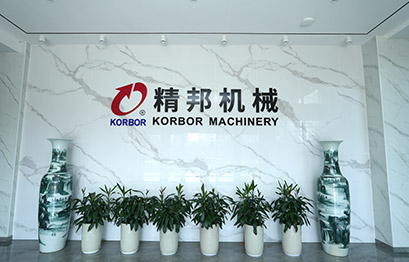What special strategies does MAZDA Car Camshaft use in valve timing control, and how to ensure stable operation of the camshaft under high compression ratio conditions?
In the process of pursuing high compression ratio of the engine, Mazda has adopted a variety of camshaft control strategies to ensure stable operation of the camshaft under high compression ratio conditions. The following is a detailed analysis:
Variable Valve Timing (VVT) Technology:
Mazda uses advanced variable valve timing (VVT) technology to achieve precise control of engine performance by adjusting the timing of MAZDA Car Camshaft. This technology can change the opening and closing time of the valve to optimize the performance of the engine under different working conditions. For example, in a high compression ratio internal combustion engine, VVT technology can accurately control the charging and recompression process, improve fuel efficiency and reduce exhaust emissions.
Continuously Variable Valve Timing (CVVT) Technology:
Mazda also uses continuously variable valve timing (CVVT) technology, which continuously adjusts the phase of the camshaft to achieve a wider range of valve control. CVVT technology can be adjusted throughout the engine speed range, providing better power output and fuel economy under high compression ratio conditions.
Electromechanical adjustment mechanism:
In some Mazda engines, the position of the camshaft can be fine-tuned by an electromechanical adjustment mechanism. This mechanism allows the camshaft to move freely within a certain range, thereby achieving precise control of valve timing. For example, in some models, the camshaft can be adjusted ultra-precisely in 1,400 steps within 500 milliseconds to optimize engine performance.
Overhead camshaft (OHC) design:
Many of Mazda's engines use an overhead camshaft (OHC) design, which installs the camshaft inside the cylinder head, reducing mechanical losses and improving efficiency. The overhead camshaft design allows the camshaft to control the valve more directly, thereby improving the engine's response speed and power output.
High-performance materials and heat treatment processes:
When manufacturing the camshaft, Mazda uses high-performance alloy materials, and significantly improves the strength, hardness and wear resistance of the camshaft through heat treatment processes such as quenching and tempering. These measures ensure the stability and durability of the camshaft under high compression ratio conditions.
Precision manufacturing and strict quality control:
Mazda has strict quality control over the manufacturing process of the camshaft, using advanced measuring equipment and technology such as 3D coordinate measuring equipment and scanners to ensure the accuracy and consistency of each camshaft. This high-standard manufacturing process ensures the reliability and performance of the camshaft under high compression ratio conditions.
Optimized cam profile design:
Mazda takes into account the valve opening duration, stroke, and optimal path during movement when designing the cam profile. By optimizing the cam profile, Mazda is able to achieve more efficient airflow control and combustion efficiency, thereby providing better performance under high compression ratio conditions.
Environmentally friendly and sustainable production:
Mazda also pays attention to environmental protection, adopts sustainable production methods, and requires all partners in the supply chain to comply with strict environmental and labor standards. This not only helps to reduce waste generation, but also ensures high efficiency and low emissions in the production process.

 English
English 中文简体
中文简体 русский
русский Español
Español












